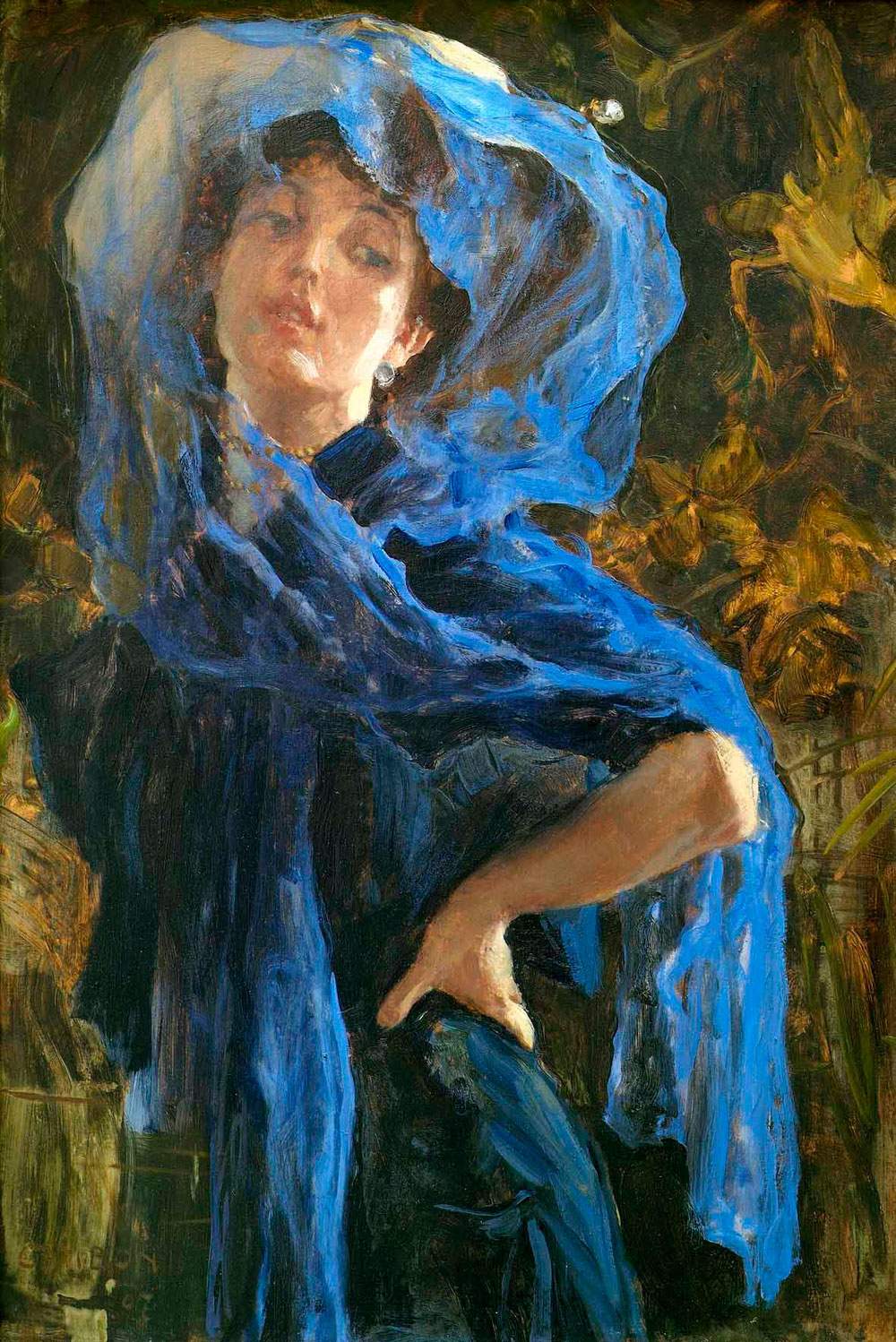The Revoltella Museum in Trieste will host from Jan. 25 to Sept. 2 the exhibition"Munich, Vienna-Trieste-Rome," which aims to present the influences that Munich and Vienna gave to Trieste in the early 20th century, when the latter belonged to the Austro-Hungarian Empire.
The exhibition, divided into seven sections, begins with the works created by Eugenio Scomparini, Glauco Cambon, Arturo Rietti, Adolfo Levier, Argio Orell, Vito Timmel, Guido Marussig, Antonio Camaur, Alfonso Canciani, Piero Lucano, Guido Grimani, Gino Parin, Carlo Sbisà, Arturo Nathan, Leonor Fini, Giorgio Carmelich, Vittorio Bolaffio, and Edgardo Sambo, artists from Trieste and the Julian region in the early 20th century. Their works are influenced by the Secessionist climate.
Federico Pollack is presented in a dedicated section for his original style.
We continue with Italian art of the 1920s and 1930s characterized by a"return to order": here we find works by Felice Casorati, Carlo Carrà, Mario Sironi, Giorgio De Chirico, Felice Carena, Piero Marussig, and many others.
We then focus on the close bond that united the Trieste artists Arturo Nathan, Carlo Sbisà and Leonor Fini and on the figure of Vittorio Bolaffio.
To conclude, the Roman Secession is shown with works by Armando Spadini, Plinio Nomellini, Giovanni Romagnoli, Felice Carena, Lorenzo Viani, Teodoro Wolf-Ferrari, Virgilio Guidi and Edgardo Sambo.
The review is curated by Susanna Gregorat.
For info: www.museorevoltella.it
Hours: Daily from 10 a.m. to 7 p.m. Closed on Tuesdays.
Tickets: Full 7 euros, reduced 5 euros.
Image: Glauco Cambon, Blue Veil (1907; oil on cardboard, 95x65 cm).
 |
| Munich, Vienna-Trieste-Rome: on display at the Revoltella Museum. |
Warning: the translation into English of the original Italian article was created using automatic tools. We undertake to review all articles, but we do not guarantee the total absence of inaccuracies in the translation due to the program. You can find the original by clicking on the ITA button. If you find any mistake,please contact us.